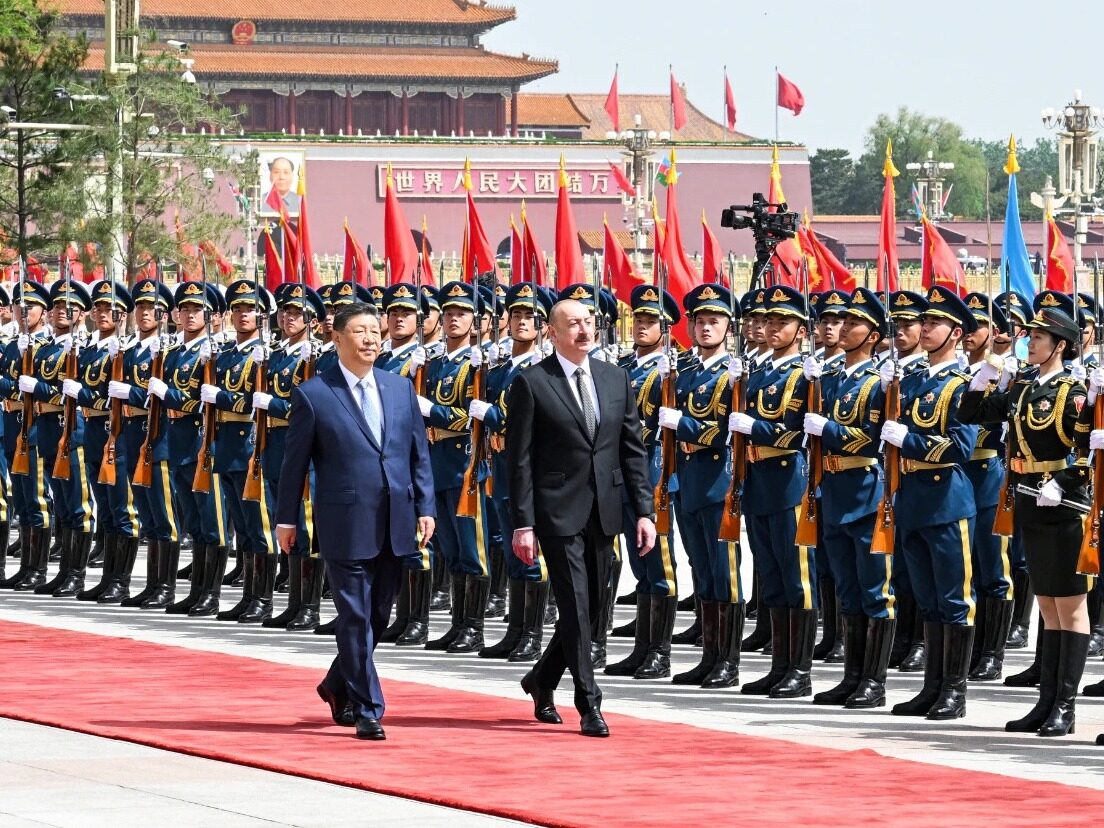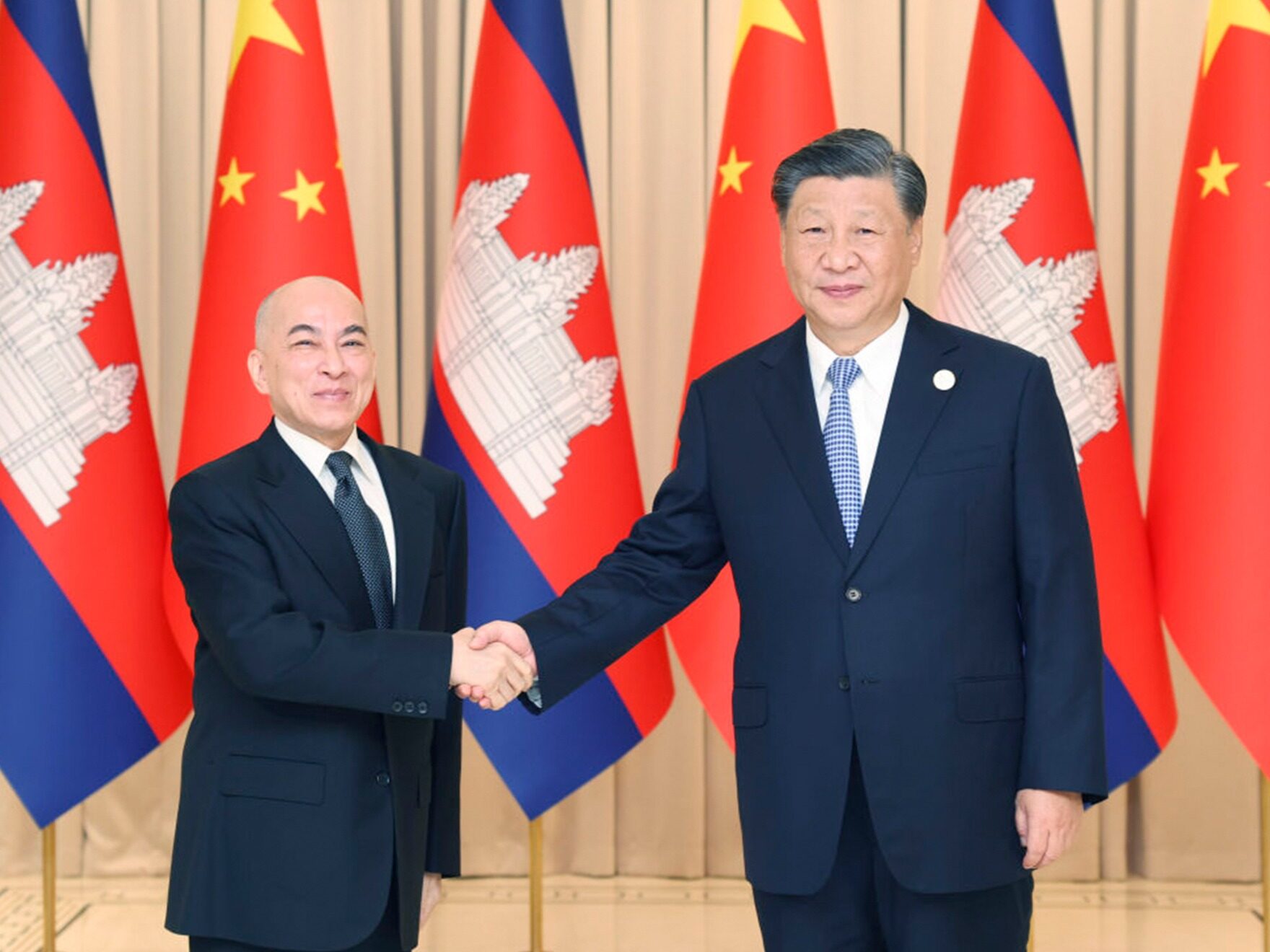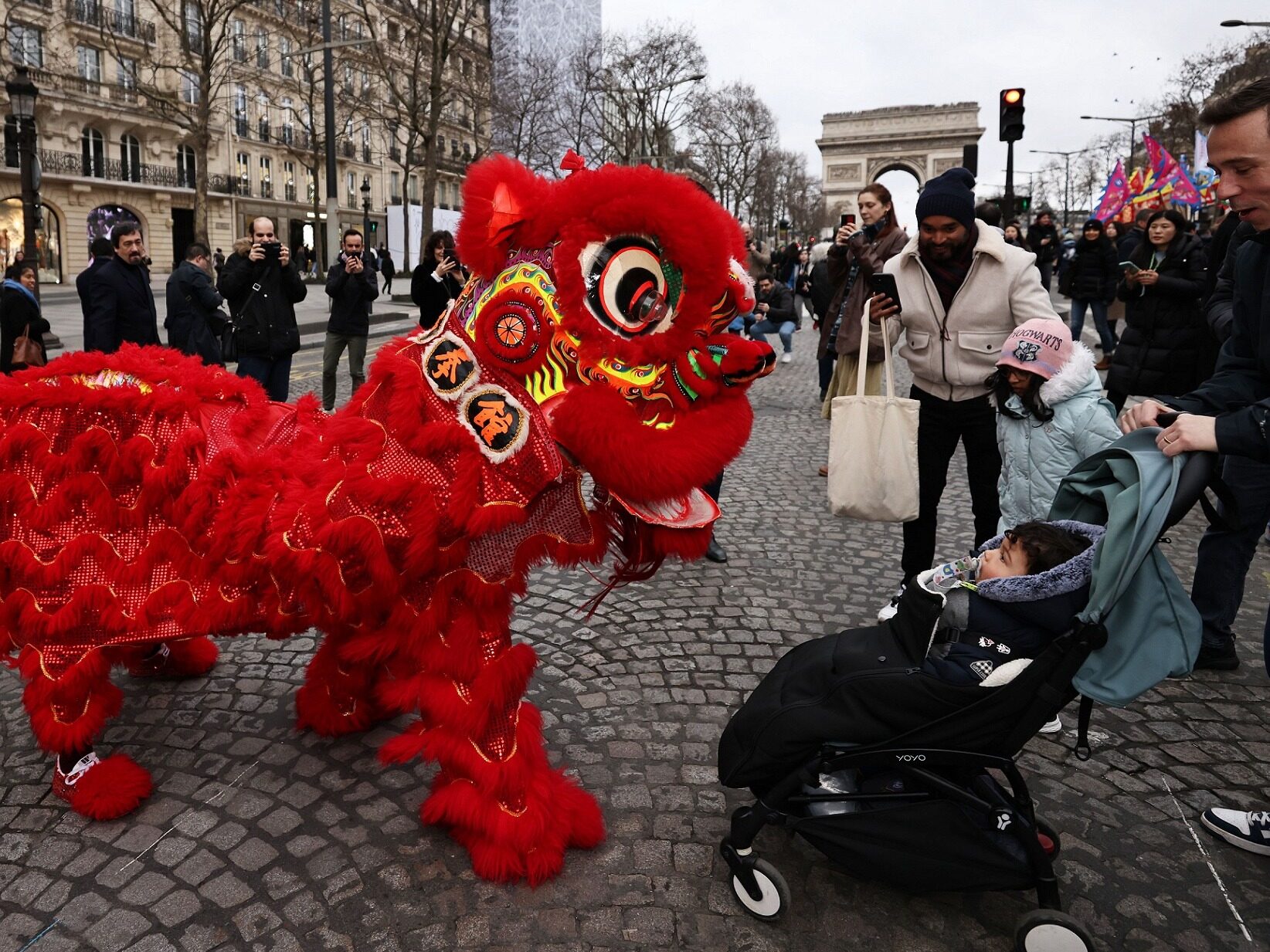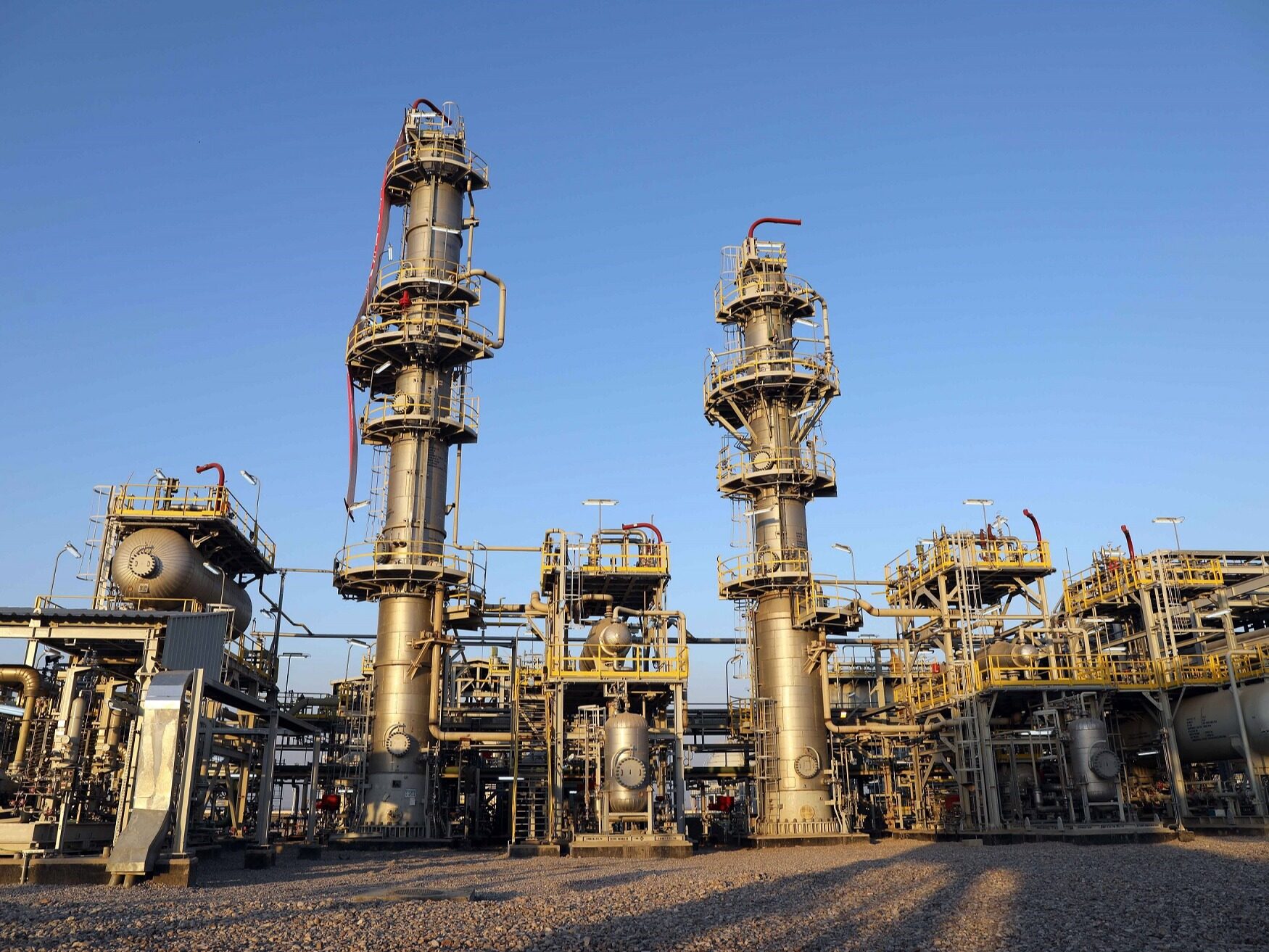- The Yangtze River trunk line has 15 billion ton ports, accounting for one-third of the country's billion ton ports
- The Yangtze River is the busiest and largest inland waterway in the world, continuously promoting the high-quality development of the Yangtze River Economic Belt

The Yangtze River is a major transportation artery connecting the three major economic zones of Southwest, Central, and East China. The annual freight volume of the Yangtze River trunk line has reached about 3.5 billion tons, ranking first in the world for 18 consecutive years. The Yangtze River has become the busiest and largest "golden waterway" for inland water transportation worldwide, continuously promoting the high-quality development of the Yangtze River Economic Belt and becoming an important support for the high-quality development of China's economy.
Gather the world's largest inland port group
June 30, 2023, Yangluo Port, Wuhan. Gantry cranes and bridge cranes continue to rise and fall, with thousands of containers stacked into a "mountain", and heavy container trucks and dock workers shuttle between them. A liner loaded with car parts and other goods is preparing to depart, heading east towards Busan, South Korea. Not far from the intermodal railway station, the "Hanxin Europe" train filled with electronic products whistled and set sail westward, selling to Europe. Wuhan Yangluo Port has achieved the goal of "shipping eastward into the sea and trains westward into Europe".

In 2022, the container throughput of Yangluo Port in Wuhan exceeded 2 million TEUs. This is another milestone leap after breaking through 1 million TEUs in 2014, becoming the largest water rail intermodal hub in the middle and upper reaches of the Yangtze River.
Including Wuhan Yangluo Port, the Yangtze River Main Line has 15 billion ton ports, accounting for one-third of the country's billion ton ports. The number of berths of 10000 tons and above has increased from 360 in 2012 to approximately 450 in 2022.
Liu Liang, director of the Yangtze River Shipping Administration of the Ministry of Transport, said that since the 18th National Congress of the Communist Party of China, the development of Yangtze River shipping has made breakthrough progress. The capacity of Yangtze River shipping infrastructure and the level of transportation services have continued to improve, and the leading position of domestic and international Inland navigation has always been maintained.
The port is the main framework for unleashing the potential of the Yangtze River's golden waterway, and the shipping center is the booster for building a modern shipping system.
Liu Liang introduced that with the basic completion of the three major shipping centers in Shanghai, Wuhan, and Chongqing, they have formed a coordinated and supportive development pattern of "leading traction", "dragon waist support", and "dragon tail swing". The open market system, based on the three major shipping centers and 24 first-class water transportation open ports, has achieved navigation and trade with more than 100 countries, becoming an important support for leading the development of Yangtze River water transportation and enhancing the function of the golden waterway.
The Yangtze River is the world's largest and busiest river for transportation and navigation. According to data, Yangtze River Shipping bears over 80% of the transportation volume of iron ore, electric coal, and foreign trade goods along the river. In 2022, the cargo throughput of the Yangtze River trunk line reached 3.59 billion tons, 1.87 times that of 10 years ago.
In the first half of 2023, the production of Yangtze River shipping and transportation has steadily improved, and the golden effect continues to play its role. According to data from the Yangtze River Navigation Management Bureau of the Ministry of Transport, from January to June, the cargo throughput of the Yangtze River mainline ports reached 1.83 billion tons, a year-on-year increase of 6.1%; The container throughput was 12.36 million TEUs, a year-on-year increase of 6.4%. In the first half of the year, the throughput of coal, oil and gas products, and grain will reach 390 million tons, 68 million tons, and 49.3 million tons, respectively, with year-on-year growth of 6.6%, 14.8%, and 10.3%.

The recovery of consumption has driven the rapid growth of the Yangtze River cruise market. Along the Yangtze River, the "Yangtze River Night Tour" is almost impossible to obtain. As a comprehensive service enterprise for domestic river sea intermodal transportation and cruise tourism, Changjiang Shipping Group seizes market recovery opportunities and launches a series of characteristic cultural and tourism integration products.
Zhang Yi, Chairman of Yangtze River Shipping Group, said that in the first half of the year, the group received 966000 tourists, showing a trend of blowout. Among them, the Yangtze River series Three Gorges cruise ships received 30400 tourists, while urban riverside cruise ships in Chongqing, Wuhan, Shanghai and other regions received more than 936000 tourists, with better tourist reception compared to the same period in 2019.
Forming the world's largest natural water transportation network system
If the Three Gorges are connected, the Yangtze River will be smooth.
The Three Gorges Shiplock is a necessary node for ships sailing upstream on the Yangtze River. Since its opening to the public in 2003, it has accumulated over 990000 ships, 1.91 billion tons of cargo, and over 12 million passengers over the past 20 years. Filling a 40 foot container with 1.91 billion tons of cargo, connected end-to-end, can circle the Earth's equator 22.4 times. Editor/Zhao E
Comment
 Praise
Praise
 Collect
Collect
 Comment
Comment
 Search
Search














Write something~